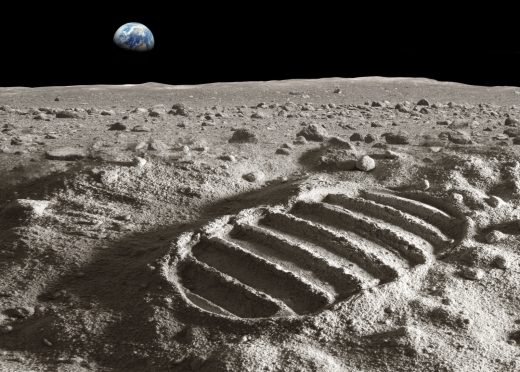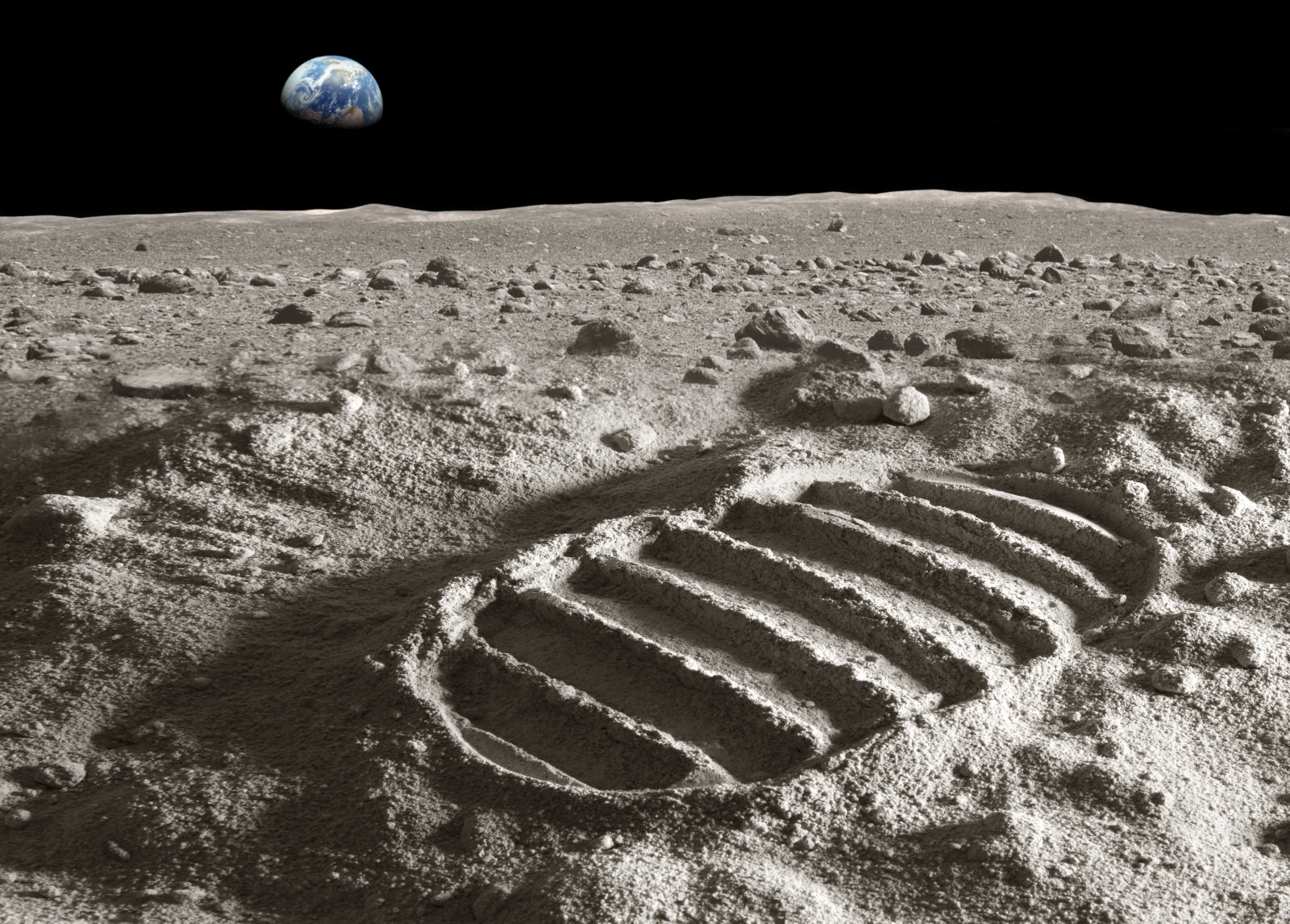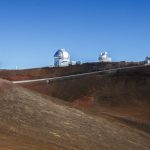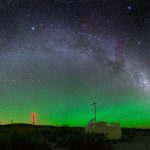Newly-discovered lunar cave would be great for a moon base
Nothing quite captures the 2017 mood to leave Earth forever like dreaming about moon bases. Last month, space agencies from Russia and the US jointly announced plans to collaborate on such a satellite colony. But today’s discovery might bring that vision closer to reality. Japan’s space agency found a large cave underneath the lunar surface that seems like prime area for a human outpost.
Japan’s Selenological and Engineering Explorer (Selene) probe discovered a 50-meter wide by 50-meter deep opening underneath the Marius Hills region using a radar system designed to peer underground. After more readings, the Japan Aerospace Exploration Agency (Jaxa) surmised that the chasm was 50 km (31 miles) long by 100 meters wide, structurally sound and filled with rocks that might contain water. They theorize that it was a tube carved by lava during volcanic activity 3.5 billion years ago.
Lava tubes are well-suited for human settlements, Jaxa senior researcher Junichi Haruyama told The Guardian. The tubes “might be the best candidate sites for future lunar bases, because of their stable thermal conditions and potential to protect people and instruments from micrometeorites and cosmic ray radiation,” Haruyama said. Their location underground also shields denizens from the surface’s wild temperature swings and radiation from the sun’s UV rays.
(54)















